
Streamlined workflow and automation capabilities eliminate the cumbersome, manual tasks MCOs face when processing contracts

Medicaid Contract Compliance Management
State Medicaid divisions are still faced with the daunting task of managing contract compliance with participating Managed Care Organizations (MCO) often using paper and other dated approaches. Such dated approaches are inefficient, not secure, and are vulnerable to errors on many levels.
Trinisys Convergence features a workflow architecture that enables states to modernize contract compliance management by implementing workflows that allow for the secure processing of all tasks related to contract compliance. Tasks such as the submission of contract deliverables, business owner reviews, and sanction assessments can be role-based and can conform to any business process workflow. Additionally, special exceptions that need to occur within those workflows can be included.

Streamlined workflow and automation capabilities eliminate the cumbersome, manual tasks MCOs face when processing contracts

The scalable, user-friendly application data model is fully capable of adapting to additional capacity needs and assisting in the onboarding of MCOs

Advanced security features from the Convergence platform, paired with the integration of the organization’s current security scheme, ensures that data is protected, and all activity is recorded.

The application can be hosted as an on-premise solution or can be cloud-hosted without rewriting the application

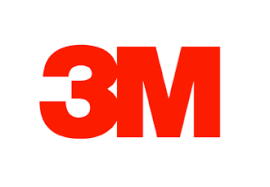
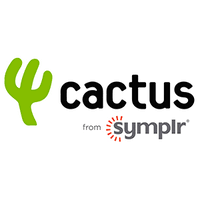


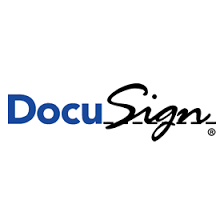

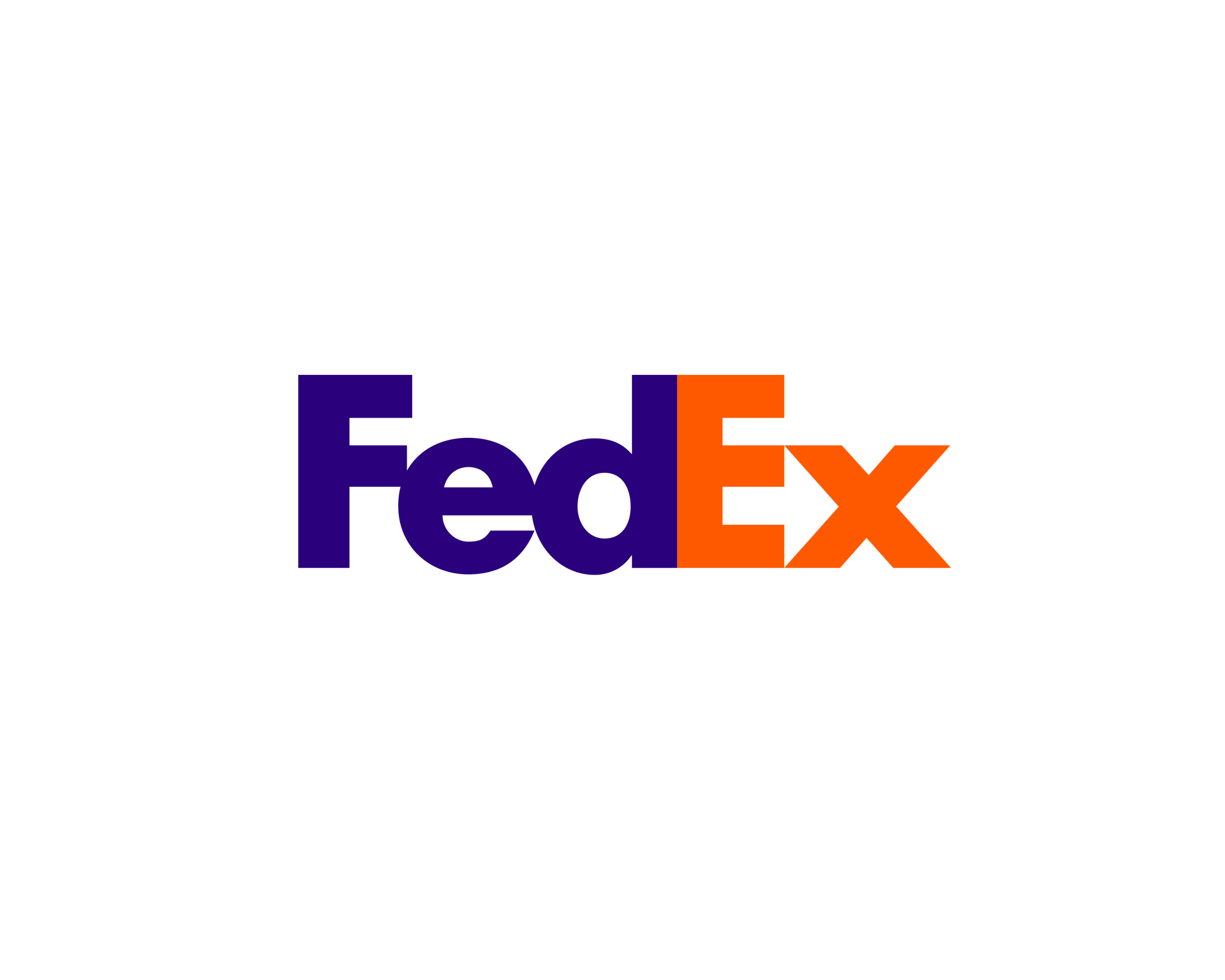
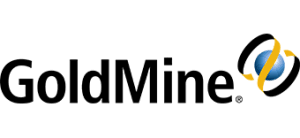


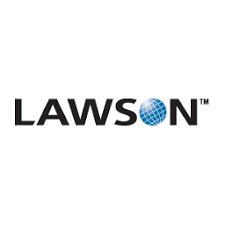
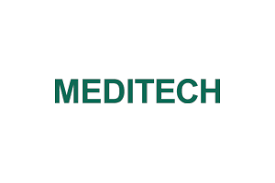
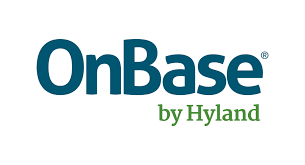

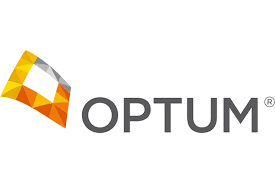
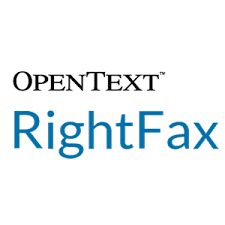

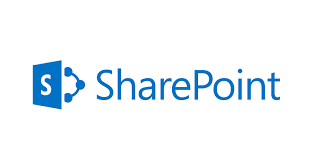
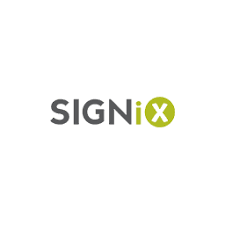
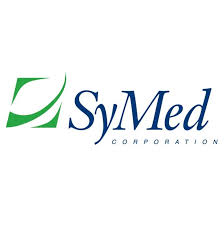
When looking to make software investments, companies are often faced with the decision of Buy VS. Build. But what if there is a happy medium, the best of the buy AND the build... that's Trinisys Convergence.